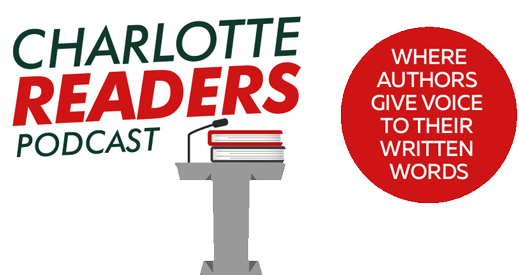The Best Way to Grab Your Reader
Writer: Marty Ohlhaut
Whether you are an aspiring author or a seasoned bard of multiple volumes, following literary guidelines can be invaluable as you seek to propel your rising star. My co-author and daughter, Grace Ly, and I discovered one of the most important of these as we were working on our first book, Tent for Seven.
Our publisher, Sandra Jonas, drew our attention to the need to help our audience clearly visualize our story.
I asked her, “What’s wrong with how we’ve done it?”
“I can’t really see what’s happening,” she said. “Readers will be more engaged in the story if you provide sensory details and actions instead of summarizing. Help them experience exactly what you were seeing and feeling. Show, don’t tell.”
This was the key that opened our eyes. As the narrators of our story, we needed to picture for ourselves the scenario we intended to relay and then “paint” that same picture, whether of events or individuals or scenery, to make it explicit and vivid to the reader.
At first, it seemed like a daunting task. But once we experimented with the concept and started working through the book, not only did it help bring the narrative to life, it became a very worthwhile and enjoyable exercise.
EXAMPLES
At one point we were chronicling the havoc taking place in the back seat of our van at the beginning of our camping trip. We thought we were satisfied with our original lines. They were creative and utilized animated words.
However, upon closer inspection, we acknowledged that no painting was involved. Just animated words that still required the readers to form images for themselves.
We then asked ourselves, “Okay, what exactly did it ‘look like’ as the havoc was unfolding?”
I sat back and tried to recall specifically what I had observed on that sunny afternoon in the Canadian Rockies: Cheetos flew through the air, feet and elbows blocked out the rearview mirror, and my head rattled as my seat was kicked from behind. I struggled with my seatbelt because my son, Max, had jammed quarters into the buckle. My wife’s eyeballs bugged out from hair-splitting shrieks of laughter, and our vehicle listed from side to side as we veered down the highway.
Once we presented the scene in this manner, readers no longer had to work their way through it. They were now drawn through it. And the picture they could envision was the one we experienced right when it happened.
In other cases, we might have originally related a character as “angry” or “upset” or “confused.”
Now, instead of “Suzy was angry,” we might write, “Suzy pounded on the desk and yelled, ‘Listen to me!’”
We might have changed “Jimmy was obviously very upset” to something more along the lines of “Jimmy shifted in his chair and dropped his head into his hands.”
“Mrs. White was inordinately confused” could be better as “Poor Mrs. White shook her head and fumbled through her pocketbook as her voice trailed off.”
As we incorporated upgrades throughout the book, the process became easier and more rewarding, especially when we recognized the improvements to the narrative.
An especially critical resource that helped us through this transformation was The Emotion Thesaurus by Angela Ackerman and Becca Puglisi. This book suggests appropriate words or phrases to best describe the conditions and activities in a scene, focusing on how they might look and sound and feel.
BENEFITS
The reviews of our book have been very encouraging. The most common feedback we have received thus far is how folks felt like they were riding along with us on our journey.
Readers have said that they could see the action and the scenery, and it seemed as if they were sitting right next to us in our van or roasting marshmallows with us at the campsite or hiking next to us in the forests. They could hear us as if we were talking directly to them. From one recent Amazon reviewer: “I felt like I was on this adventure with them.”
It’s often said that a picture is worth a thousand words. So a picture that can be painted in just a few words can be infinitely more valuable.
About the Writer
 Marty Ohlhaut worked at IBM for thirty-two years and then spent the next twelve teaching strategic execution courses around the world, traveling to forty-four countries as well as all fifty states. He’s an encyclopedia of amazing stories and anecdotes. His many adventures include crisscrossing Asia, touring throughout Central and South America, roaming across sixteen European countries, and fishing off a boat in Alaska’s inside passage for weeks at a time.
Marty Ohlhaut worked at IBM for thirty-two years and then spent the next twelve teaching strategic execution courses around the world, traveling to forty-four countries as well as all fifty states. He’s an encyclopedia of amazing stories and anecdotes. His many adventures include crisscrossing Asia, touring throughout Central and South America, roaming across sixteen European countries, and fishing off a boat in Alaska’s inside passage for weeks at a time.
Marty and his wife, Joeline, have been married for forty-seven years and have five grown children and two grandchildren. Originally from Cincinnati, Ohio, they now live in Charlotte, North Carolina.
Writer’s website: martyohlhaut.com
